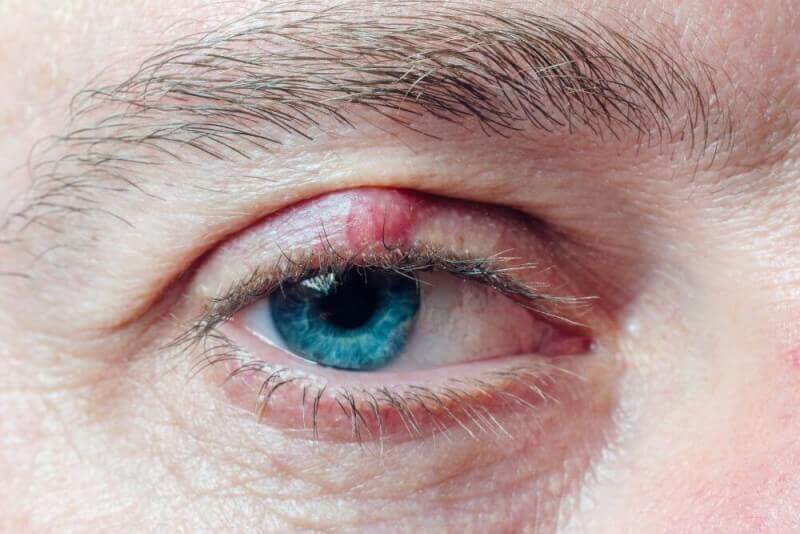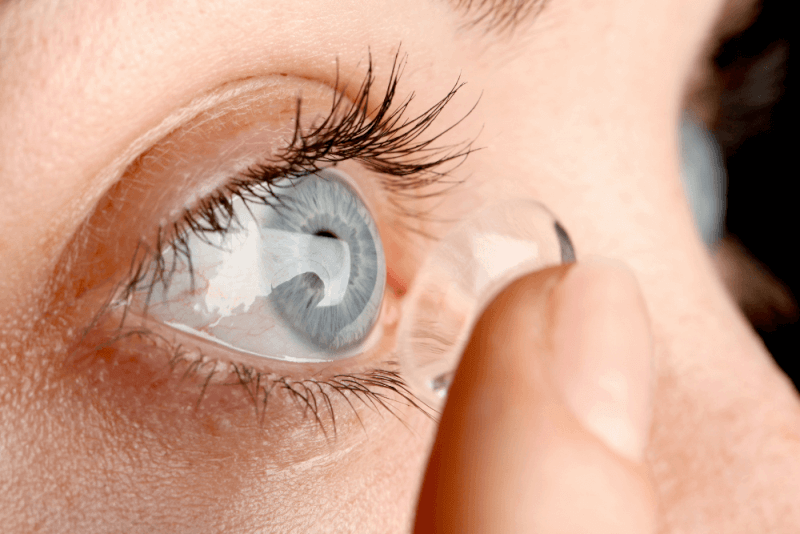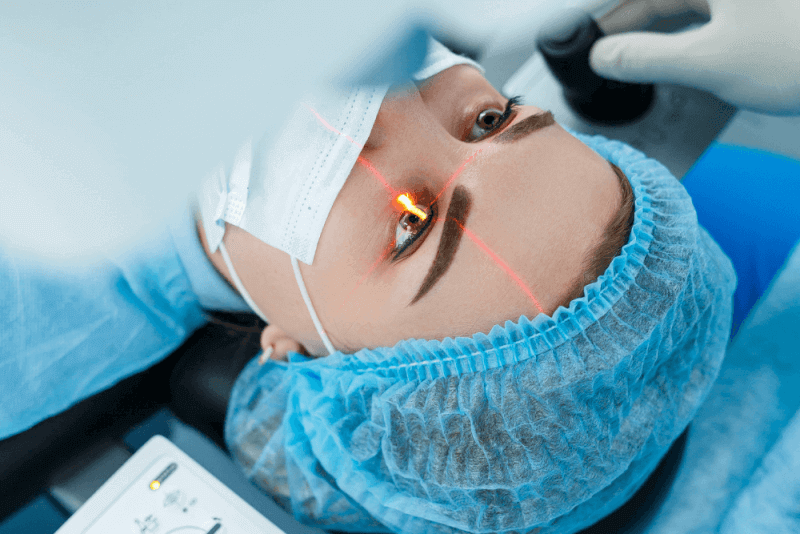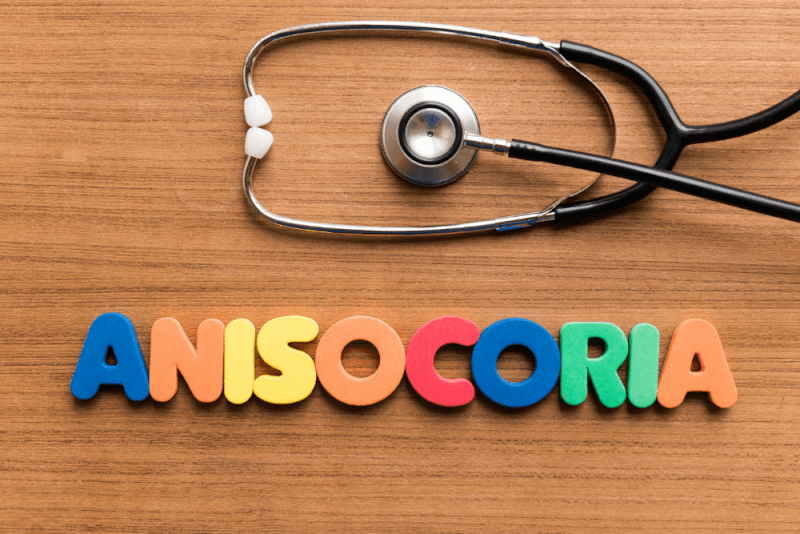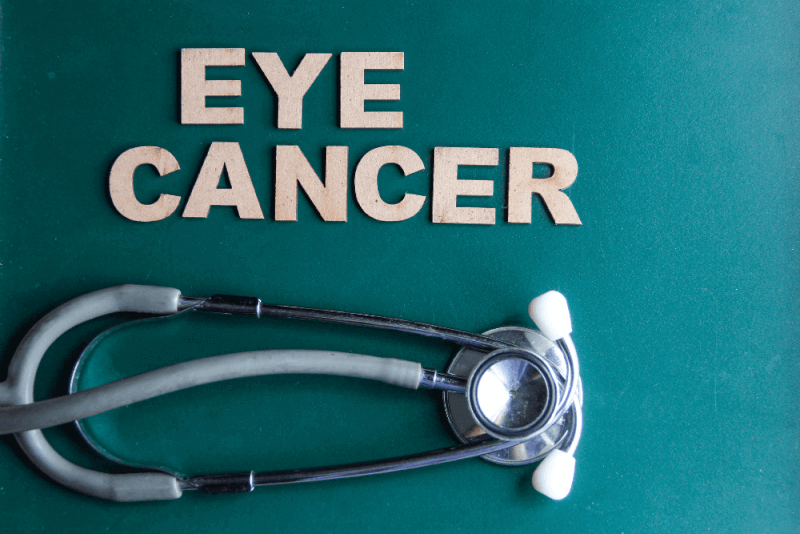What is chalazion (eyelid cyst)?
Chalazion, a red swelling of the eyelid, is also called an eyelid cyst or meibomian gland cyst.
Chalazion, caused by blockage of the sebaceous glands in the eye, can be painful in the early stages. However, as the cyst matures, the pain disappears. Chalazion, which usually occurs on the underside of the upper eyelid, can also be seen on the lower eyelid in some people. It is not common in children but is more common in adults between the ages of 30 and 50.
Diagnostic criteria for chalazion (eyelid cyst)
Chalazion is a health condition diagnosed by ophthalmologists. If a doctor is consulted with swelling in the eyelid, the patient's health history can be reviewed first. This information helps to find the underlying problems that may contribute to chalazion.
In addition, an external eye examination is performed to examine the eyelid, eyelashes and skin tissue. Finally, to diagnose chalazion, a bright light is shone and the base of the eyelash is viewed with a magnifying glass. In addition, the openings of the sebaceous glands on the underside of the valve are also checked.
Causes of chalazion (eyelid cyst)
Chalazion develops when any factor blocks the sebaceous gland in the eye. These oil glands in the eye are called meibomian glands and their function is to help keep the eyes moist. Blockage of the sebaceous gland causes the fat to accumulate and swell over time. Afterwards, the fluid is discharged, causing irritation of the eyelid skin. This irritation causes the formation of a hard lump on the eyelid filled with a fatty white liquid.
Symptoms of chalazion (eyelid cyst)
The most characteristic symptom of an eyelid cyst is swelling of the eyelid. Other symptoms of chalazion, which usually affects the upper lid, include the following.
- Pain felt when it first appears
- Rapid disappearance of pain during maturity
- Reddening of the area as the cyst grows
- Watery eyes as a result of mild irritation
- Blurred vision due to pressure on the eyeball if the chalazion is large
- Completely swollen eyelid
Chalazion (eyelid cyst) treatment methods
Chalazion treatment can usually be treated at home. Within 1 month, eyelid cysts that disappear spontaneously should not be forcibly popped. In addition, warm compresses and eye hygiene should be provided for personal care.
For a hot compress, it is sufficient to wet a clean cloth with warm water and leave it on the affected eye for 15 minutes. It will be sufficient to do the hot congress 3 times a day.
People with eye cysts should not wear eye makeup and care should be taken to keep the area clean after the chalazion has drained. Touching the eye should also be avoided.
If the chalazion does not go away on its own, you should consult an ophthalmologist who can drain the fluid through a small incision. Steroid injections can also be used to reduce swelling and inflammation.
Chalazion (eyelid cyst) needle treatment
If there is no evidence of infection in the eyelid cyst, local intra-lesional steroid injection may reduce inflammation. The eyelid cyst regresses within a few weeks after the application. It is used especially when the chalazion is small or located near the lacrimal apparatus. For large chalazions, a second injection may be necessary after 2-7 days.
Chalazion (eyelid cyst) surgery
Surgical procedures are used to treat stubborn chelations. These surgeries performed by eye surgeons are usually performed under office conditions. Eyelid cyst surgeries are performed in such a way that there is no visible scar on the inside.
In these operations the chalazion is evacuated and cleaned. For this, a small incision is made under the eyelid. Since local anesthesia is applied before the procedure, the patient does not feel any pain. In case of recurrent eyelid cyst, pathological examination of the fluid taken from the cyst is performed.
Benefits of chalazion (eyelid cyst) surgery
Eyelid cyst surgeries are the only treatment option with a high probability of success in stubborn and recurrent cases. For this reason, it is recommended in cases of long-lasting or recurrent chalazion.
Complications of chalazion (eyelid cyst) surgery
Chalazion surgeries, which usually take 5-10 minutes, are generally safe and do not cause any complications. However, since it is a surgical procedure, complications such as infection may occur.
Life after chalazion (eyelid cyst) surgery
After chalazion surgery, the ophthalmologist's recommendations should be followed. Not touching or creating eyes for a while after surgery will reduce the risk of infection.
In addition, patients should not wear contact lenses, should not get water or cleansers in the eye and should not wear make-up for a while. Patients are discharged immediately after surgery.
Risks of chalazion (eyelid cyst)
If the eyelid cyst is not treated, a permanent swelling of the eyelid may occur.
In some cases, this swelling becomes a mass. If the chalazion is left untreated, it can grow and put pressure on the eye and therefore cause blurred vision in patients.
Chalazion (eyelid cyst) healing process
Chalazion can usually heal within a month. However, if left untreated, this period can be prolonged. Regular cleaning of the eyelids and avoiding the use of contact lenses is extremely important to prevent the cyst from growing.
In addition, during the healing process, the eye should be cleaned in accordance with hygiene rules and make-up should be removed before going to bed at night.


